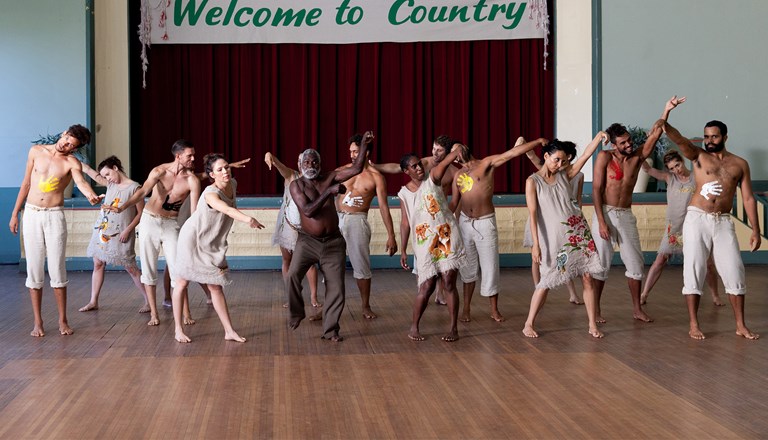Classroom Resources
Bangarra's eResources are part of our Education Program, created in partnership with Education Services Australia, and provide insight into the creative process of iconic Bangarra works. Designed for primary and secondary teachers, they can be used to build class activities, promote discussion and develop skills in creating contemporary dance.
eResources include printable downloads and are fully accessible.
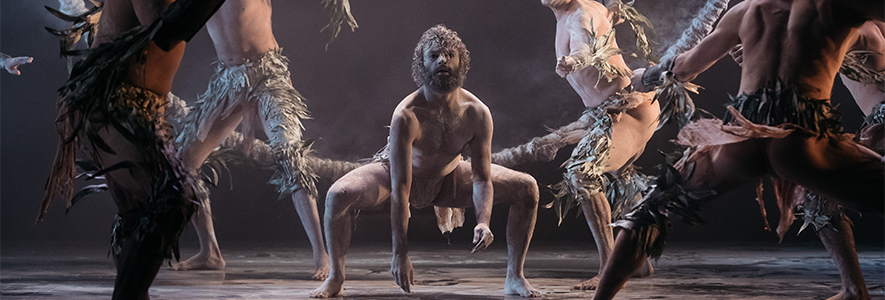
Bennelong (2017)
Bennelong is a dance theatre production that explores the story of Woollarawarre Bennelong, a Wangul man of the Eora nation who lived in the Port Jackson area at the time of the first British settlement in the late 1790 and early 1800s. Bennelong’s notoriety is significant, and has persisted to the current day.
Resource Includes: Telling the stories: Bennelong (2017) | Excerpts from Bennelong | Bringing the stories to the stage: the creative process
Activities: Before viewing | As you view | After viewing | Next Steps
Print Versions: Years 7-10
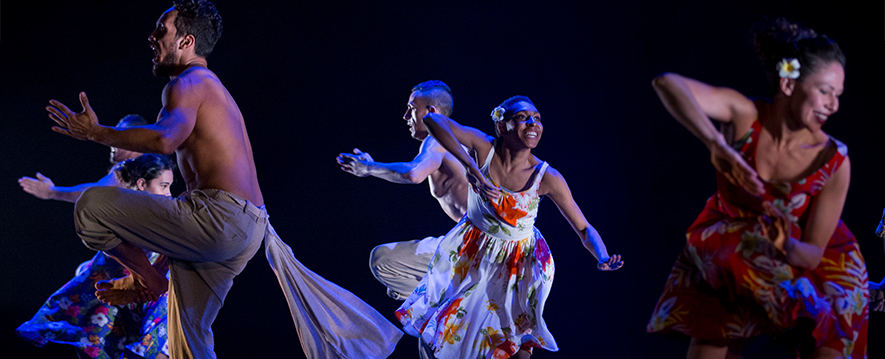
I.B.I.S (2015)
I.B.I.S is inspired by the area just north of the Australian mainland known as the Torres Strait Islands. The work is about life on the islands and captures the regions unique style of dance, music and story-telling.
Resource Includes: Telling the stories: I.B.I.S (2015) | Excerpts from I.B.I.S | Bringing the stories to the stage: the creative process
Activities: Before viewing | After viewing | Next steps
Print Versions: Years 3-6
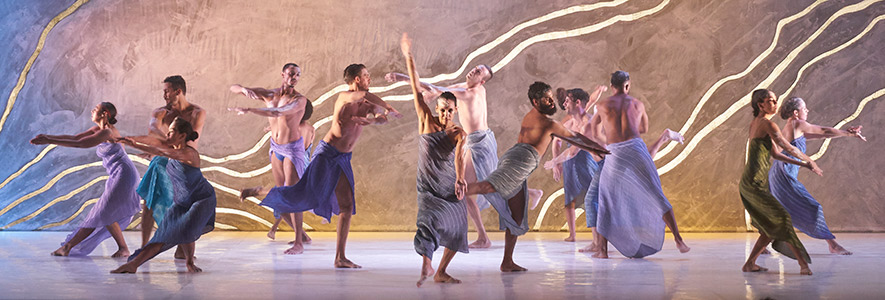
Terrain (2012)
Terrain (2012) is inspired by the area of Australia known as Lake Eyre a landscape from where human beings draw life and express meaning to that life.
Resource Includes: Exploring Terrain (2012) | Five Excerpts from the Production Terrain | Bringing the Stories to the Stage: The Creative Process
Activities: Before Viewing | After Viewing | Next Steps
Print Versions: Years 7-10
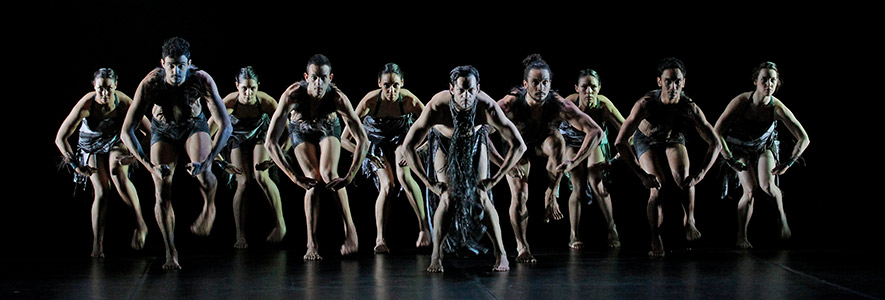
About (2011)
About expresses the choreographer’s personal cultural connection and continuing curiosity about the four winds (Gub) of the Torres Strait Islands. The behaviours of these winds guide the people in their daily lives, and the spirits of these winds inform the essential elements of their cultural life.
Resource Includes: Exploring About (2011) | Excerpts From The Production: About | Bringing the Stories to the Stage: The Creative Process
Activities: Before Viewing | After Viewing | Next Steps
Print Versions: Years 5-6
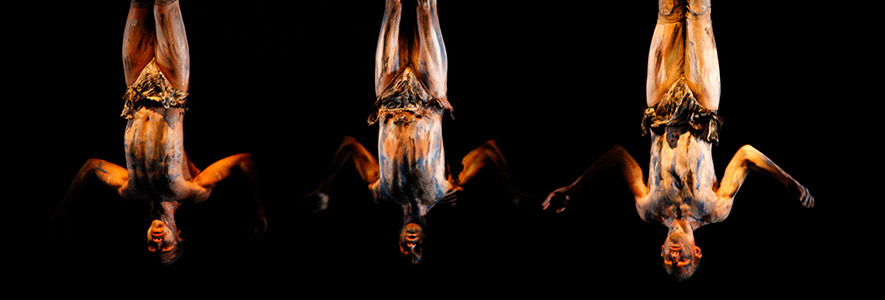
Mutton Bird (2008)
Mutton Bird is a contemporary dance representation of the mutton birds that inhabit the coastal areas of Tasmania. Mutton Bird is an excerpt from Mathinna (2008).
Resource Includes: Telling the Story: Mathinna (2008) | Mutton Bird (an excerpt from Mathinna) | Bringing Mutton Bird to the Stage: The Creative Process
Activities: Before Viewing | After Viewing | Next Steps
Print Versions: Years 5-6
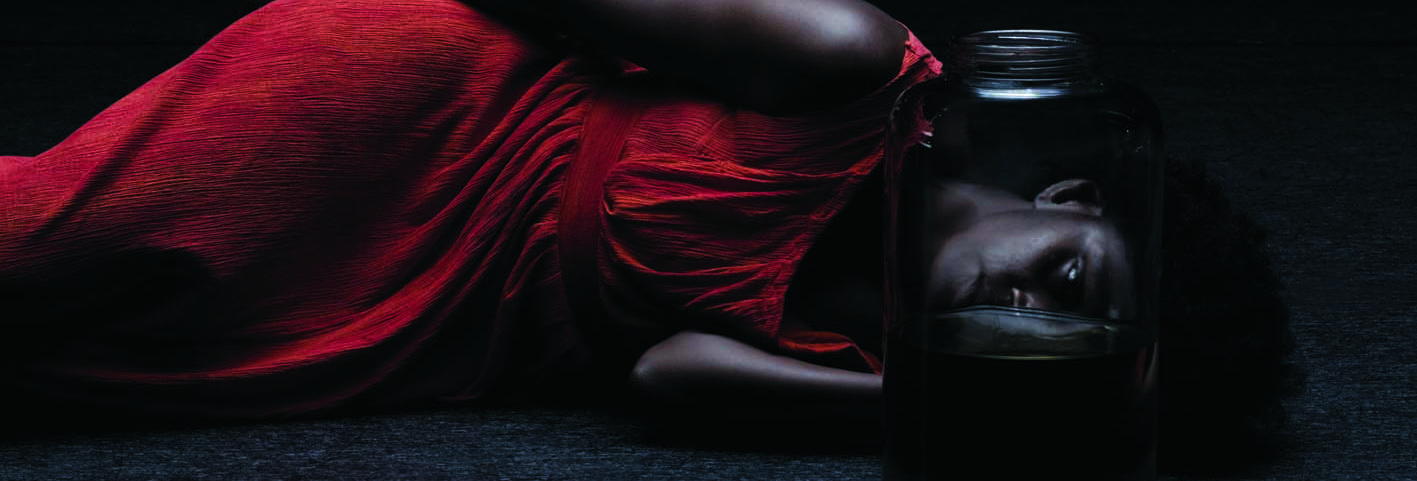
Mathinna (2008)
Mathinna (2008) is based on the true story of a young Tasmanian Aboriginal girl who lived in the early 1800s.
Resource Includes: Telling the Story: Mathinna (2008) | Excerpts from Mathinna | Bringing the Story to the Stage: The Creative Process
Activities: Before Viewing | After Viewing | Next Steps
Print Versions: Years 5-6 | Years 9-10
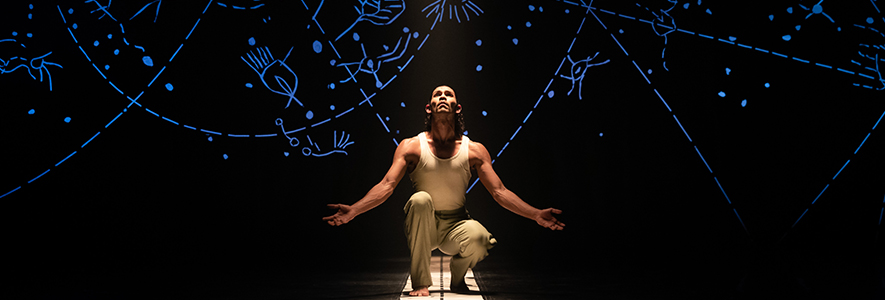
Unaipon (2004)
Born on a South Australian mission in the late 19th century, David Unaipon was a proud Ngarrindjeri man, a Christian, and a scholar of science and culture. Unaipon tells of his advocacy for better treatment of Aboriginal Australians, and his staunch belief that Indigenous and non-Indigenous people could coexist as equals, despite the incredible challenges he faced in his lifetime.
Resource Includes: Creating Unaipon | Presenting Unaipon | Bringing the stories to the stage: the creative process
Activities: Before Viewing | After Viewing | Next Steps
Print Versions: Years 5-10
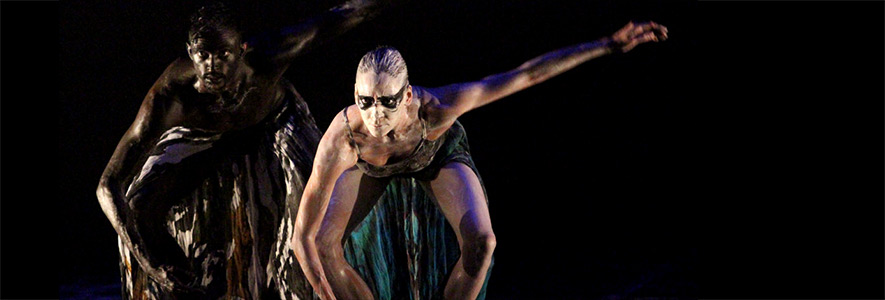
Moth (2003)
The dance Moth represents a story of spiritual inheritance and transformation. Moth is an excerpt from Bush (2003).
Resource Includes: Telling the stories: Bush (2003) | Moth (an excerpt from Bush) | Bringing Moth to the stage: the creative process
Activities: Before Viewing | After Viewing | Next Steps
Print Versions: Years 3-4 | Years 5-6
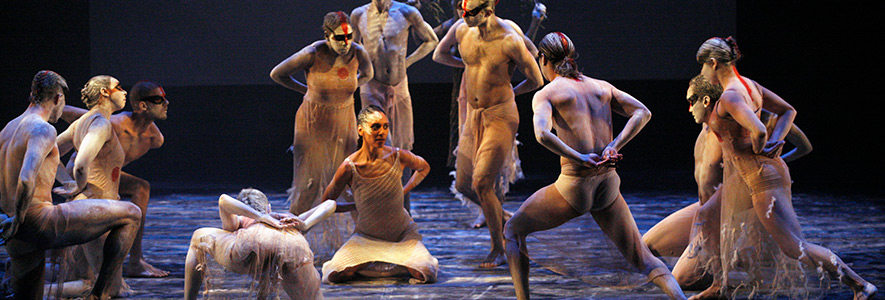
Brolga (2001)
Brolga is inspired by totemic systems in Australian Aboriginal culture. Brolga is an excerpt from Corroboree (2001).
Resource Includes: Telling the Stories: Corroboree (2001) | Brolga (An Excerpt from Corroboree) | Bringing Brolga to the Stage: The Creative Process
Activities: Before Viewing | After Viewing | Next Steps
Print Versions: Years 3-4 | Years 5-6
BACKGROUND
WHO IS BANGARRA?
Bangarra Dance Theatre is Australia’s leading Indigenous performing arts company and is recognised nationally and internationally for distinctive theatre productions that combine the spirituality of traditional culture with contemporary forms of storytelling though dance.
Bangarra was founded in 1989 by dancer and choreographer, Carole Johnson. Since 1991, Bangarra has been led by Artistic Director and Choreographer Stephen Page.
Bangarra’s vision is to:
- Respect and rekindle the links between traditional Indigenous cultures of Australia and new forms of contemporary artistic expressions
- Create inspiring dance theatre productions of integrity and excellence that resonate with people throughout Australia and the world
The company is based at Walsh Bay in Sydney and presents performance seasons in Australian capital cities, regional towns and remote areas. Bangarra has also taken its productions to many places around the world including major centres in Europe, Asia and the USA.
WHY IS THE WORK OF BANGARRA IMPORTANT?
Bangarra exists to create a foundation for the care and celebration of Aboriginal and Torres Strait Islander cultural life. Through its performance seasons and touring of dance theatre productions, Bangarra provides the opportunity for all people of all cultural backgrounds to be able share knowledge about the world’s oldest living culture. Bangarra has nurtured the careers of hundreds of Indigenous professional artists, including dancers, choreographers, composers and designers. In just over two decades, Bangarra has produced over thirty original works for its repertoire and has collaborated on new productions with other Australian performing arts companies such as the Australian Ballet and the Sydney Theatre Company.
WHO ARE THE ARTISTS?
Bangarra’s dancers and collaborating artists come from all over Australia, including the major groups in relation to location, for example: Torres Strait Islanders, Queensland (Murri), New South Wales (Koori), Victoria (Koorie), South Australia (Anangu), Arnhem Land, Northern Territory (Yolngu), Coast and Midwest Western Australia (Yamatji), Southern Western Australia (Nyoongar), Central Western Australia (Wangai) and Tasmania (Palawah). Some of the dancers are graduates of NAISDA Dance College (NSW), while others received their training at the Aboriginal College of Performing Arts (Qld), and others are graduates of dance courses delivered by Universities around Australia.
CONNECTING TO THE SOURCE
TELLING THE STORIES
Storytelling in Aboriginal and Torres Strait Islander life is the means by which cultural systems, values and identity are preserved and transferred. Telling stories through song, music and dance, in order to connect people to land, and teach them about culture and the traditions of their ancestors is the way knowledge is passed from generation to generation.
SHARING AND PASSING ON OF KNOWLEDGE
Each year Bangarra spends time in specific Indigenous communities, meeting with elders and traditional owners and living with the people of that community – learning about stories that connect the people and the creatures to the land. Everyone who works at Bangarra feels very strongly about their role in the company’s work. They make sure that the stories they tell are true to the traditional owners of those stories and uphold the integrity of the stories’ meaning.
EXPERIENCING DANCE IN A THEATRICAL CONTEXT
It is important to note that dance theatre works are essentially the creation of artistic invention to express a broad range of ideas and thoughts. While some information is provided in program notes, the audience is free to respond to the work according to their individual perspectives, emotional responses and level of experience in the viewing of performing arts.
 © 2013 Bangarra Dance Theatre Australia and Education Services Australia Ltd, unless otherwise indicated. Provided all acknowledgements are retained, this material may be used, reproduced and communicated free of charge for non-commercial educational purposes within Australia and in overseas schools where the Australian curriculum is taught until 30 June 2018.
© 2013 Bangarra Dance Theatre Australia and Education Services Australia Ltd, unless otherwise indicated. Provided all acknowledgements are retained, this material may be used, reproduced and communicated free of charge for non-commercial educational purposes within Australia and in overseas schools where the Australian curriculum is taught until 30 June 2018.
Resources developed by Bangarra Dance Theatre Australia with funding and support from the Australian Government Department of Education, Employment and Workplace Relations.
